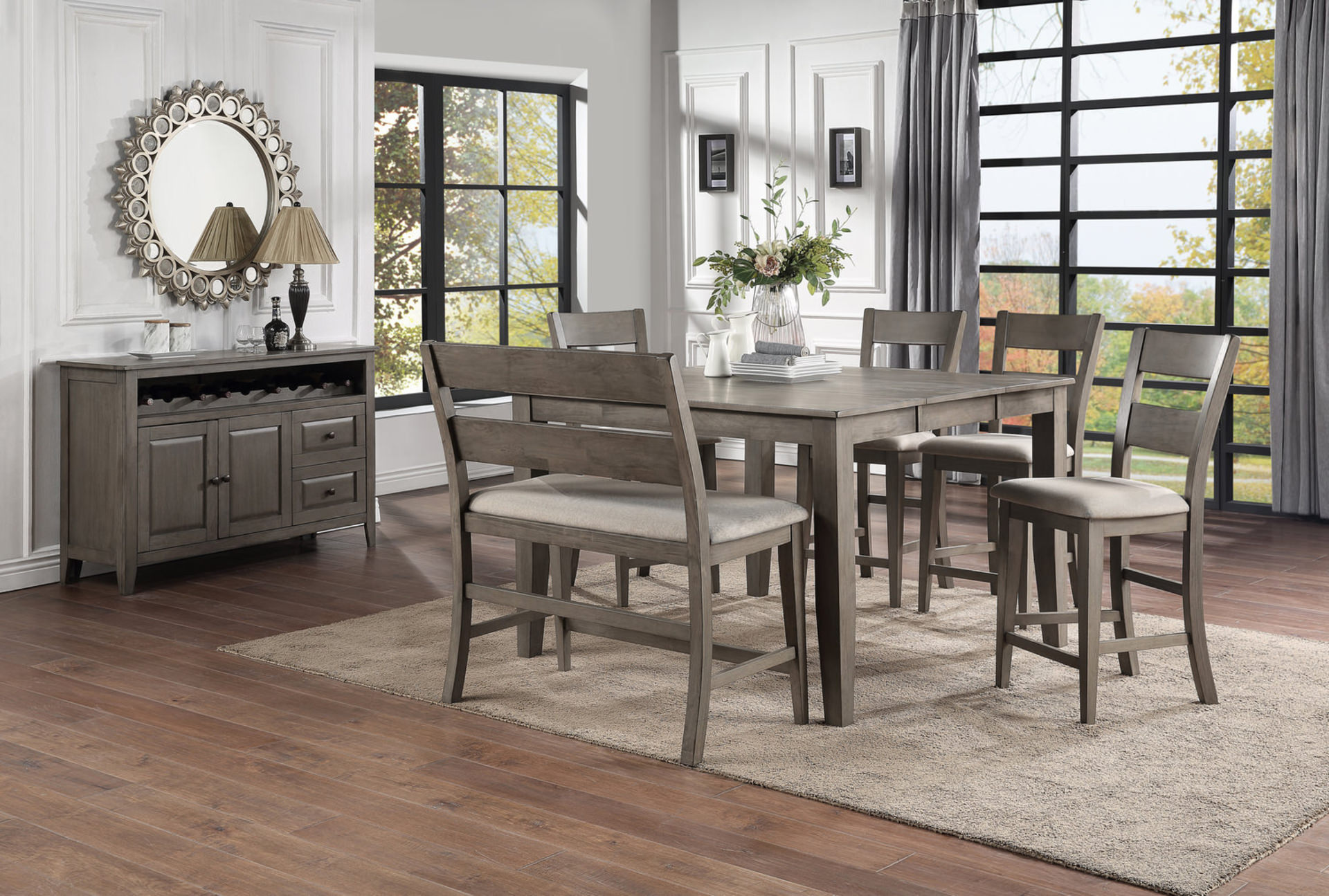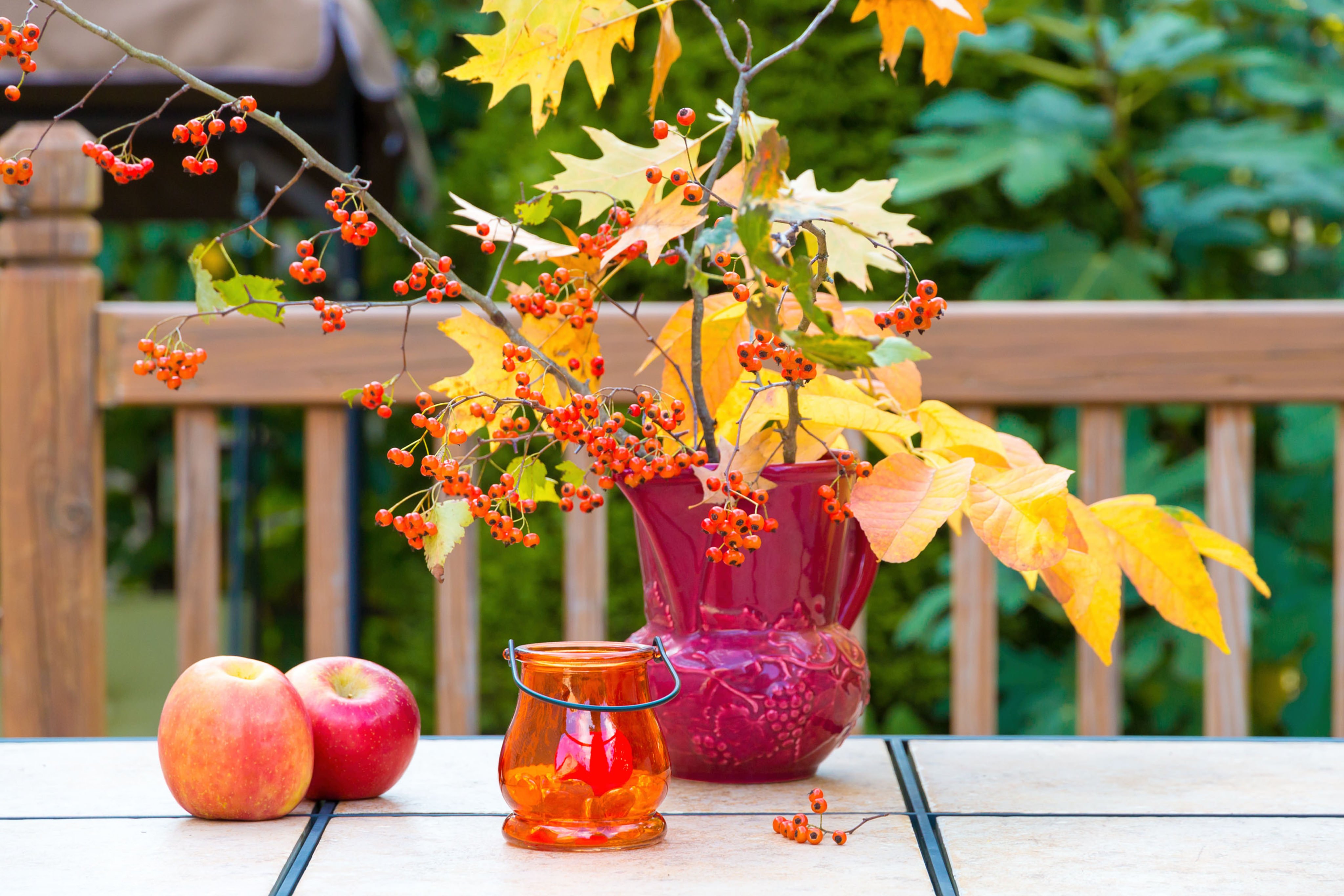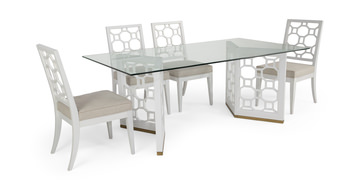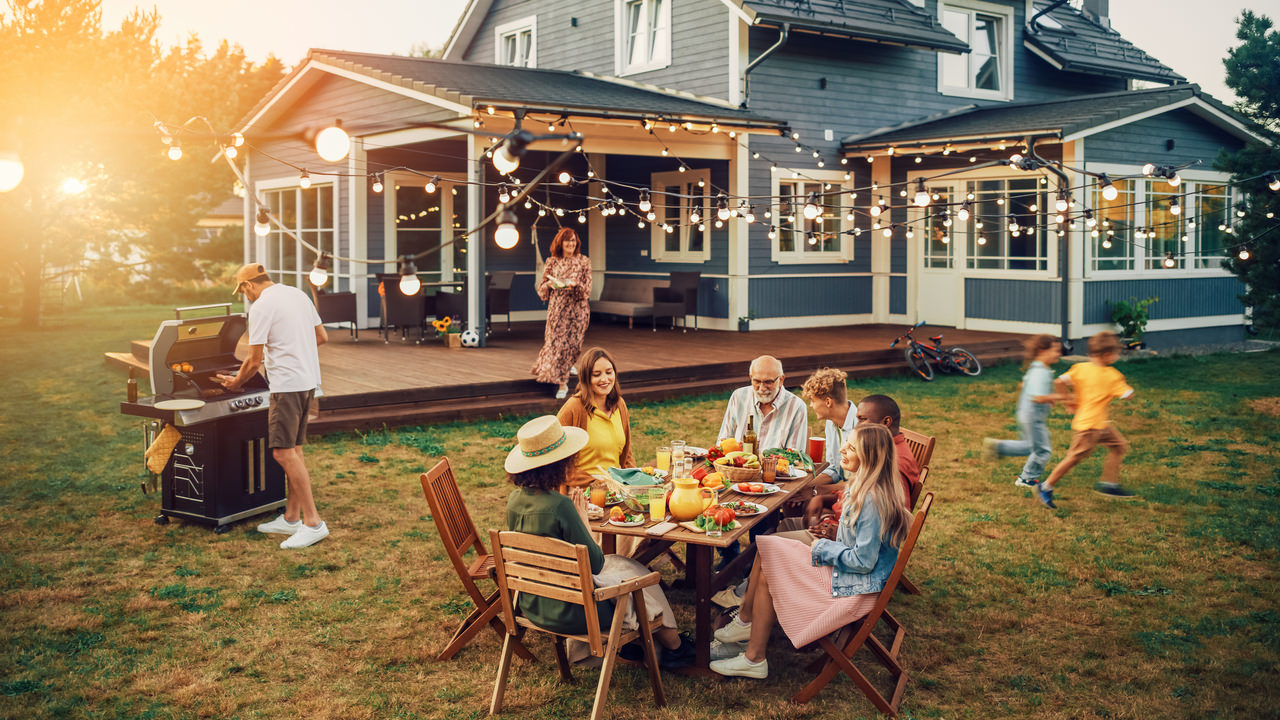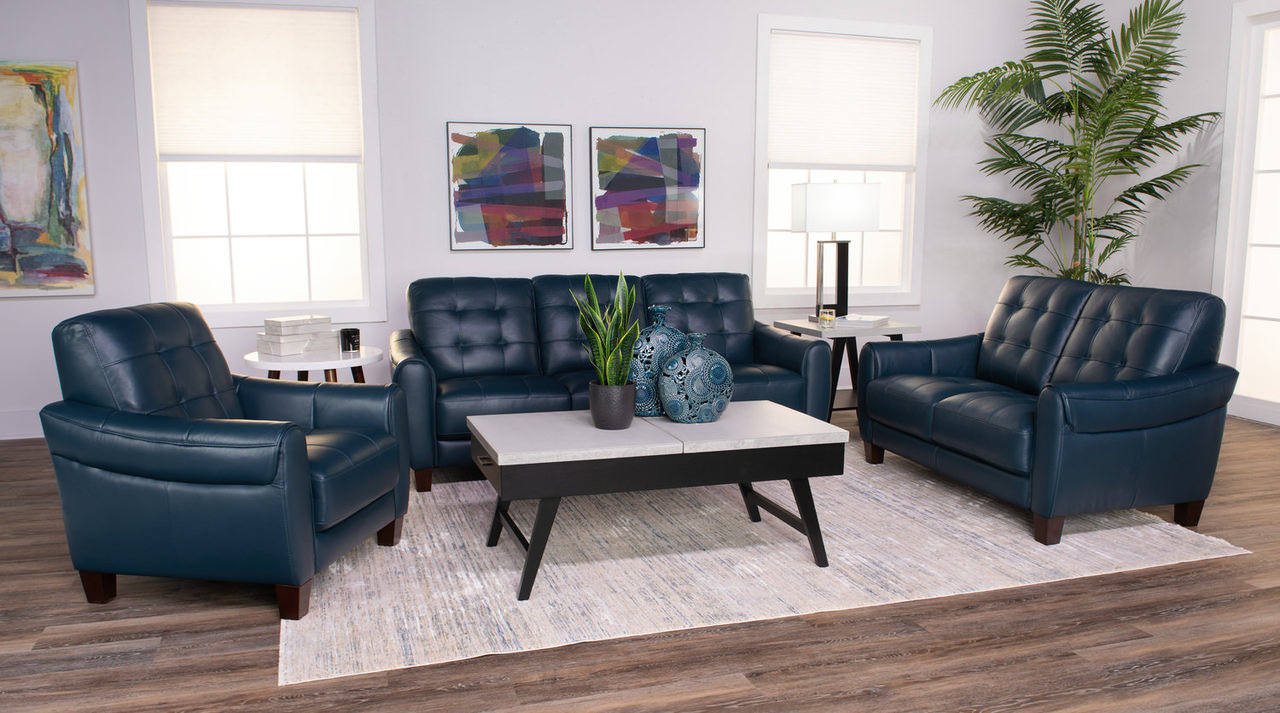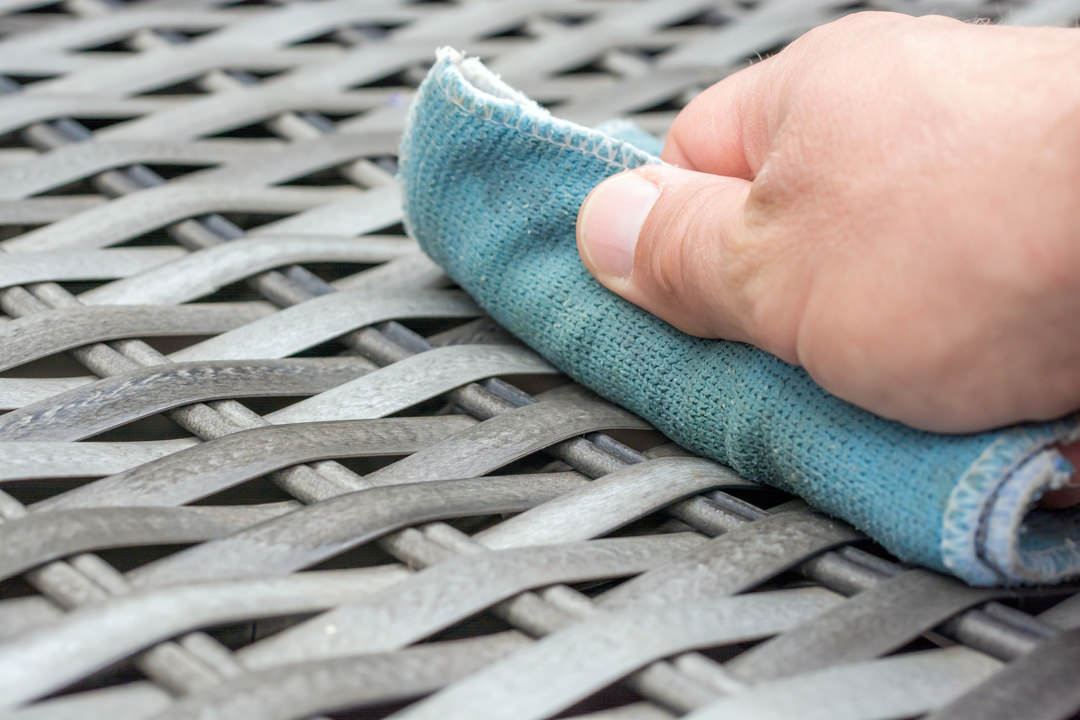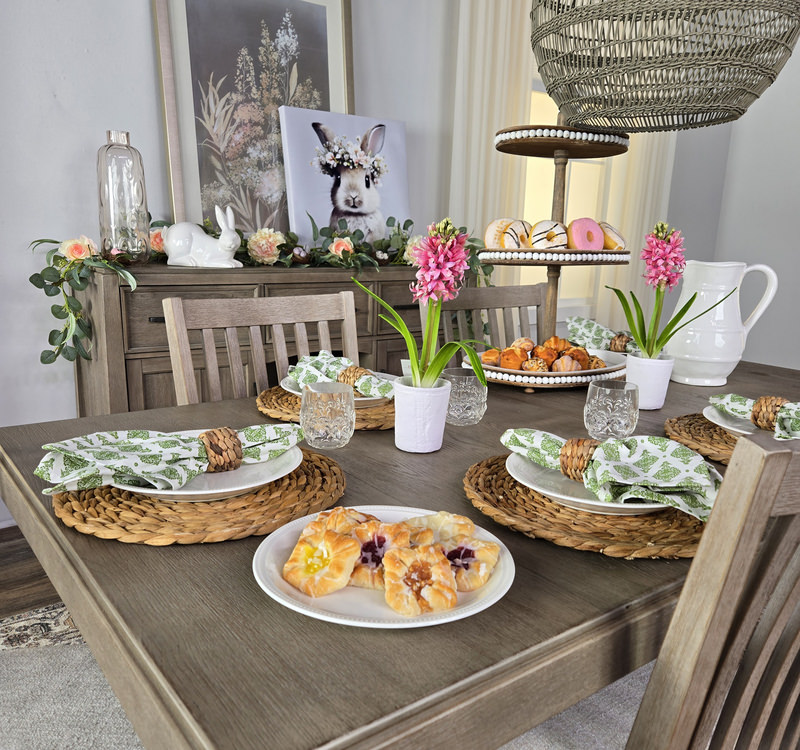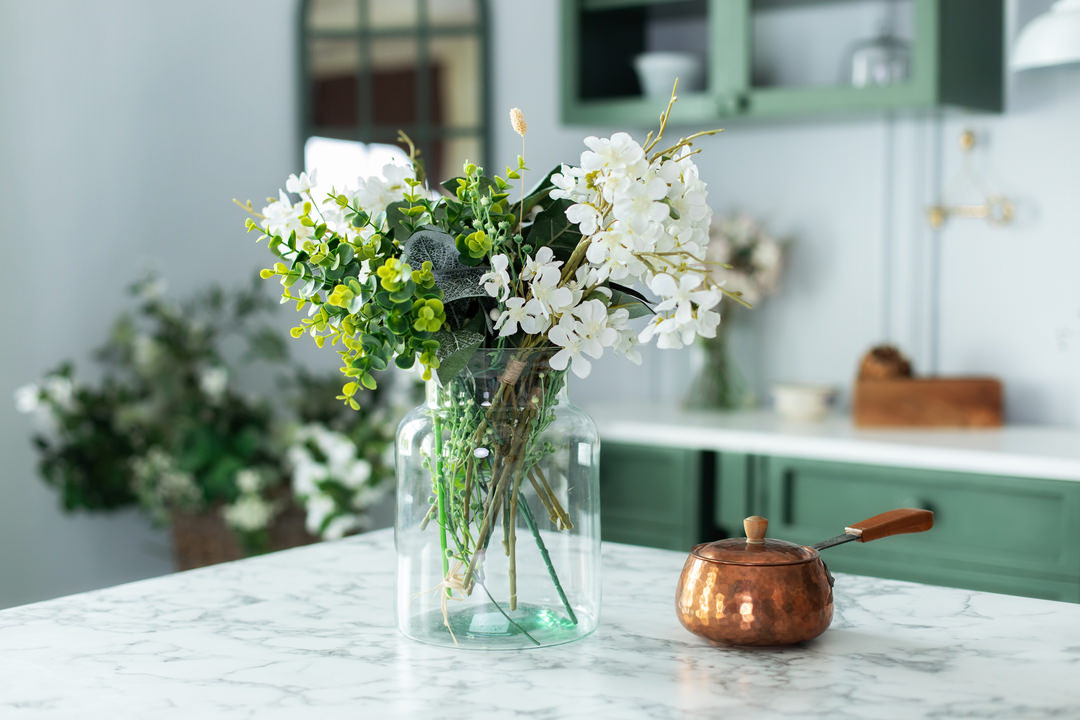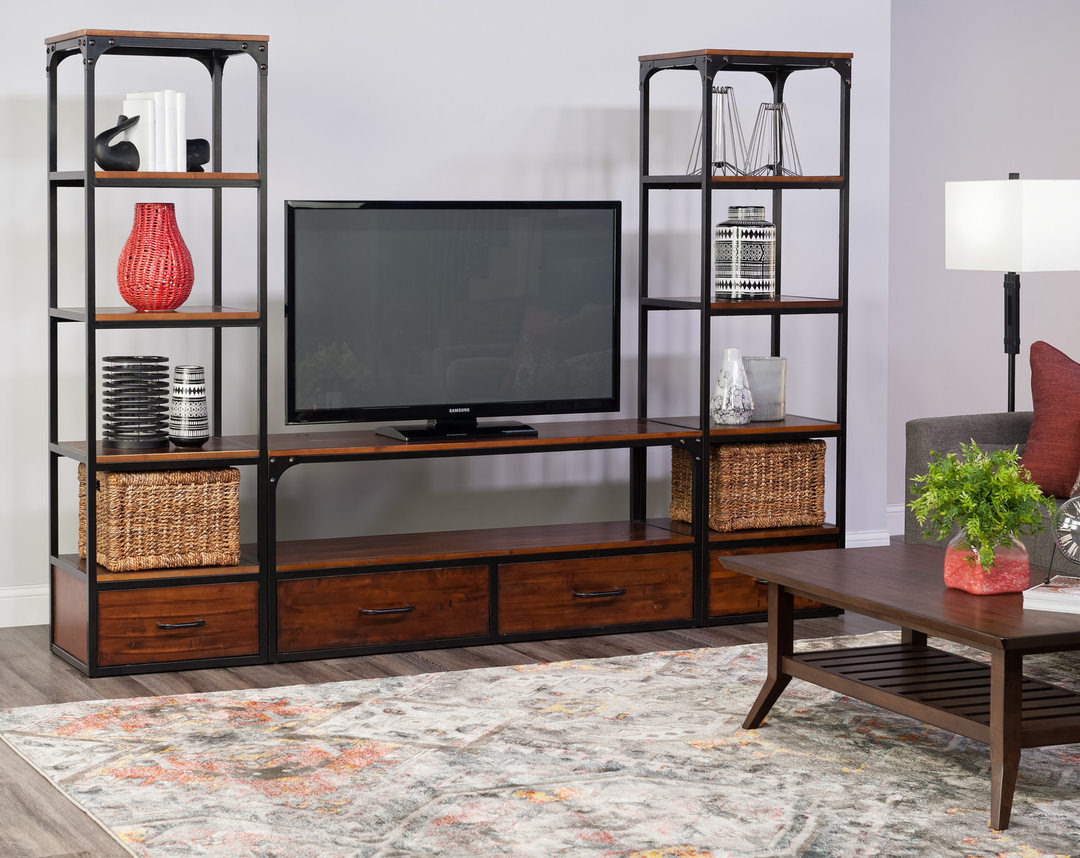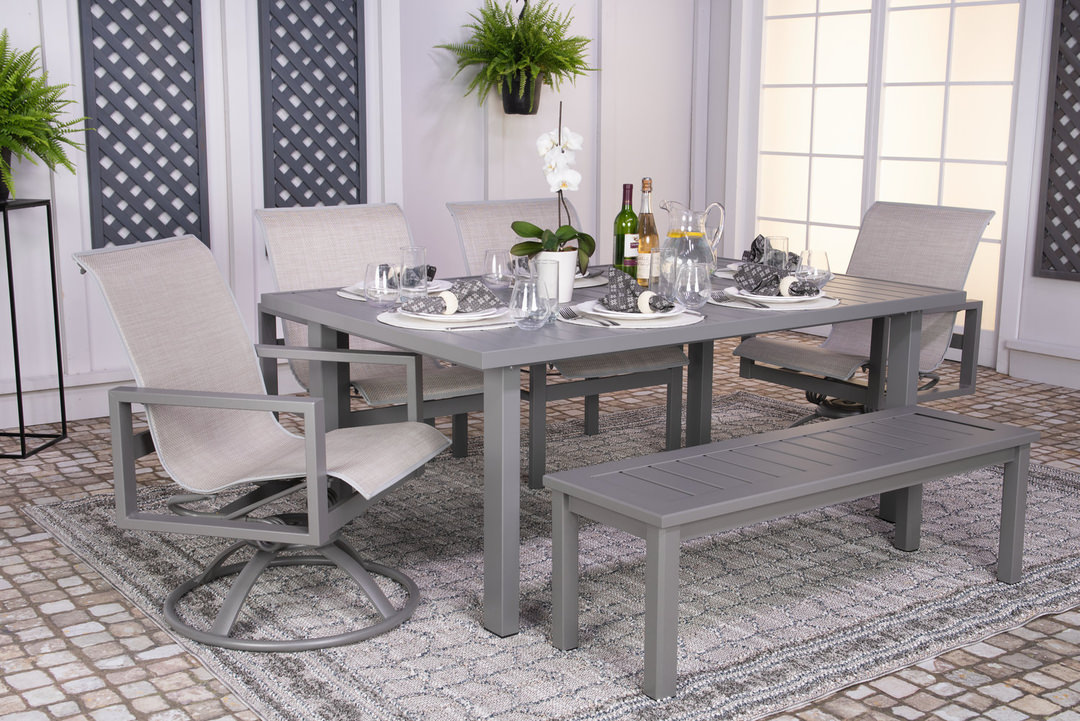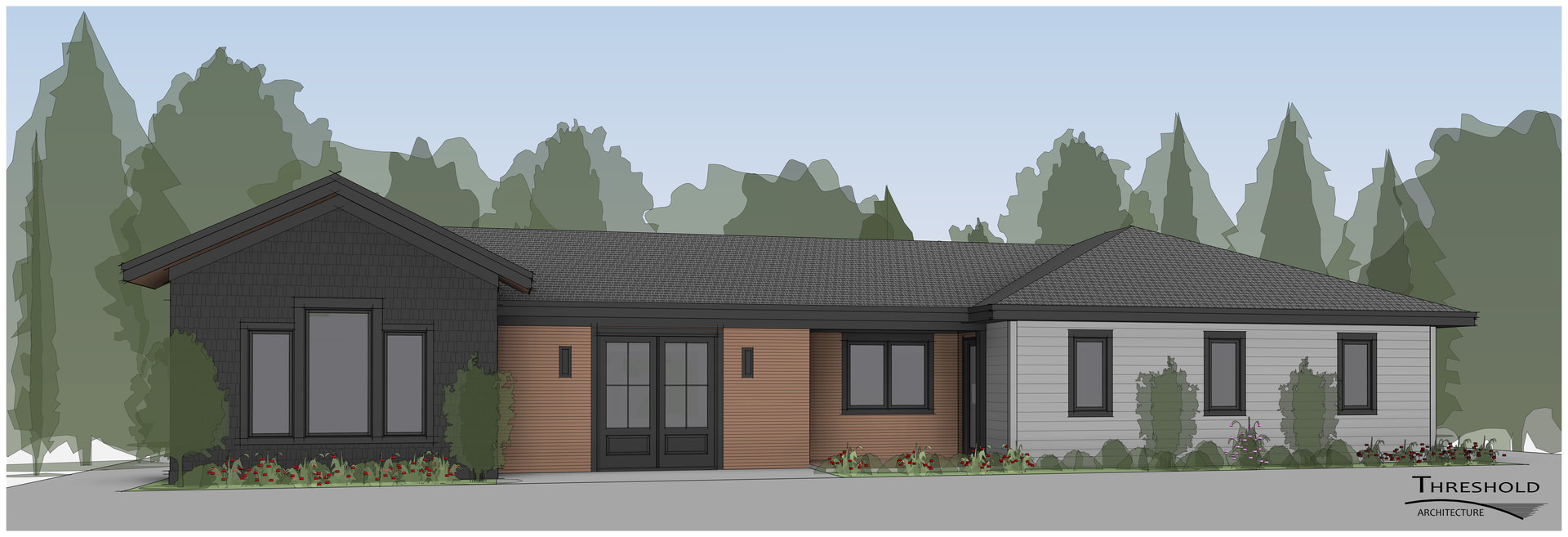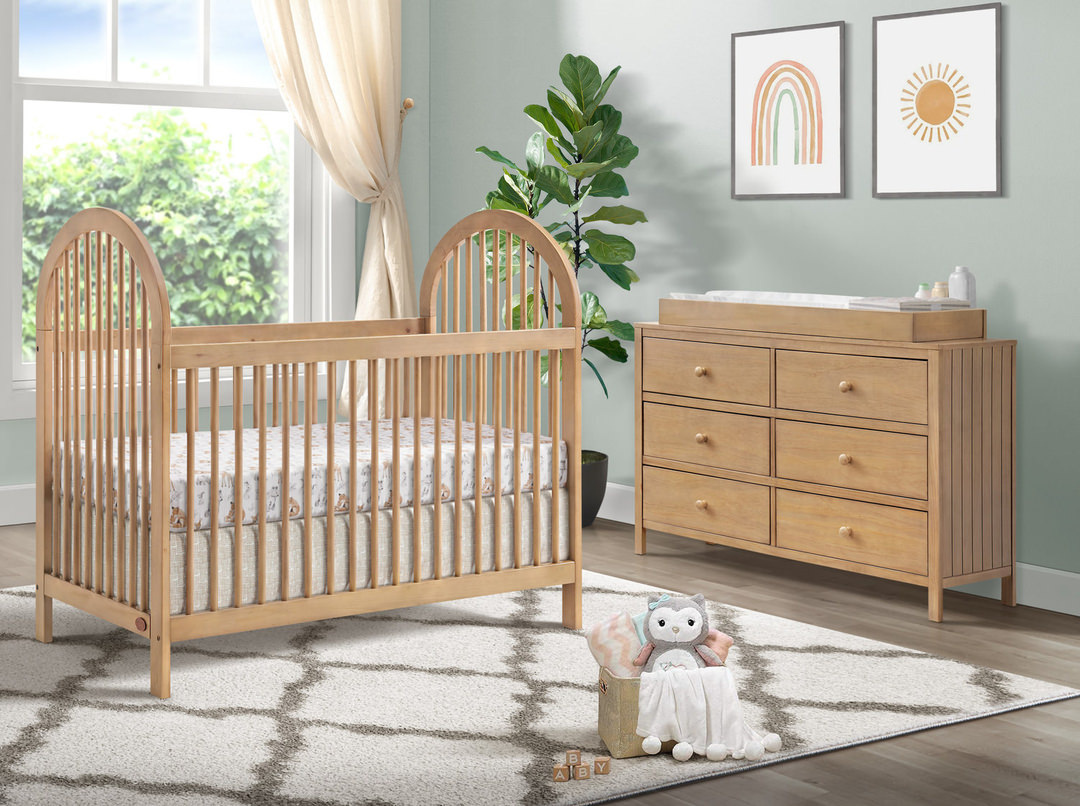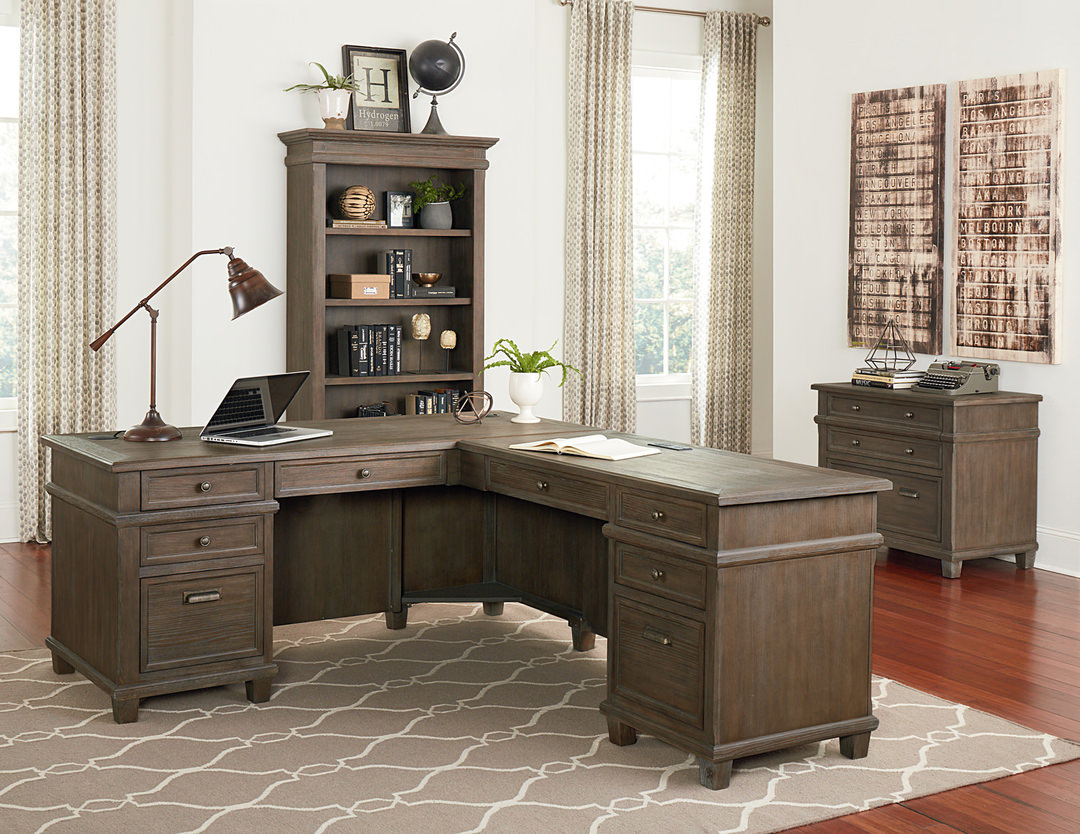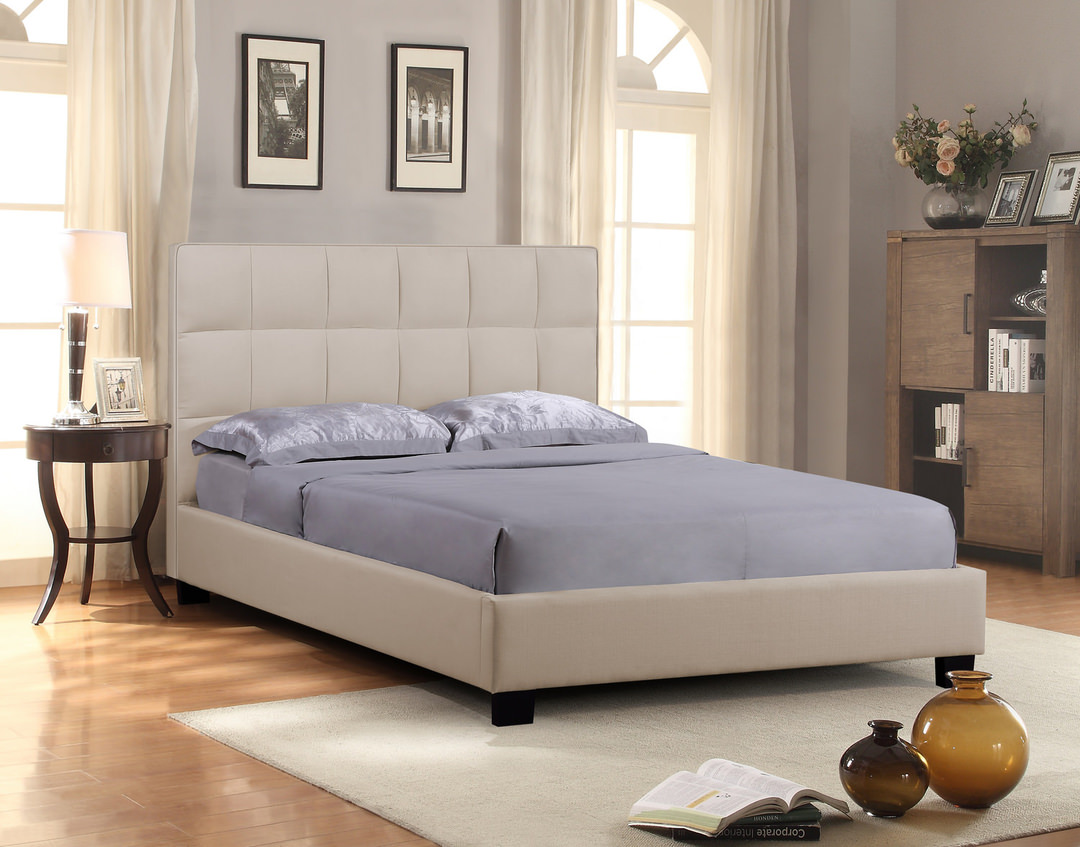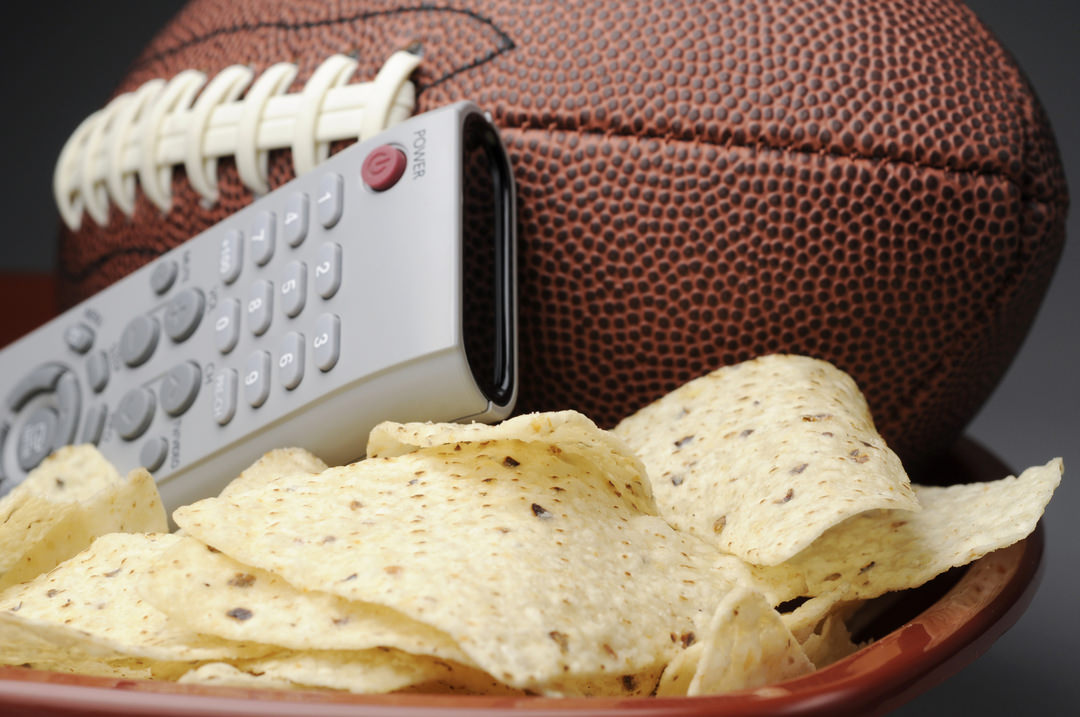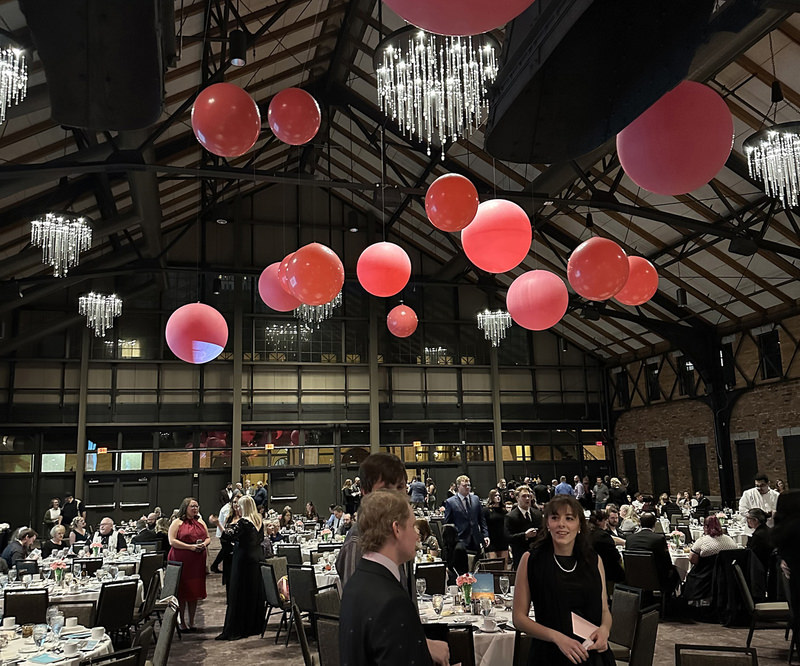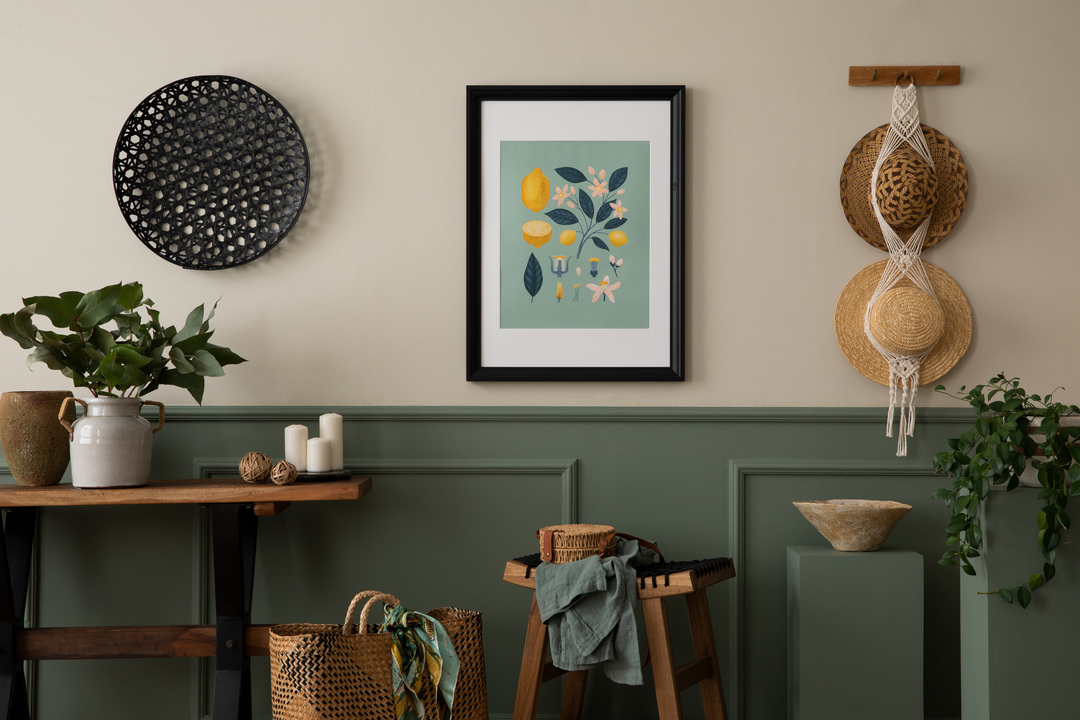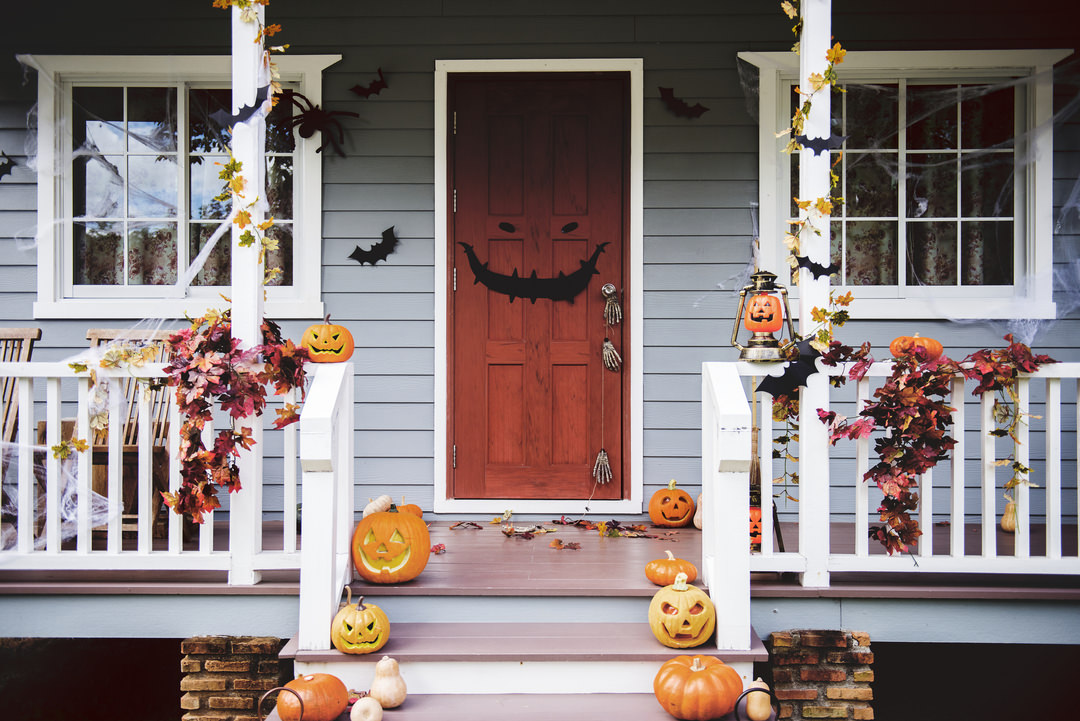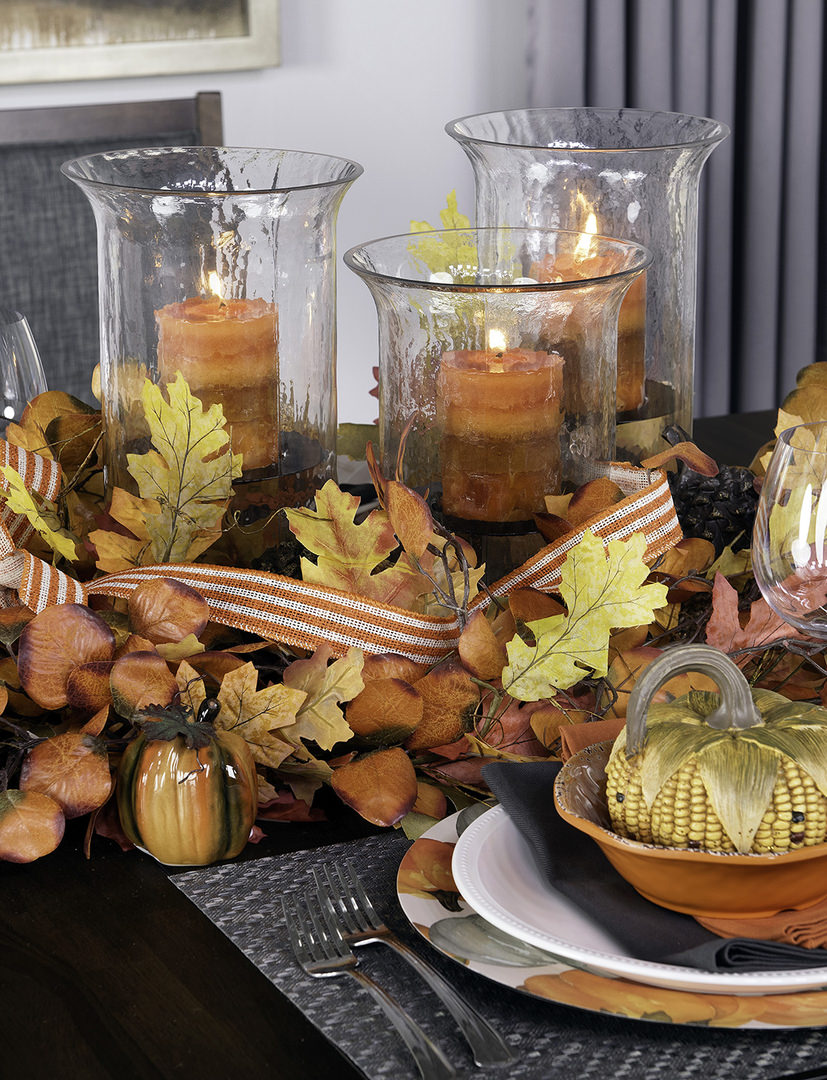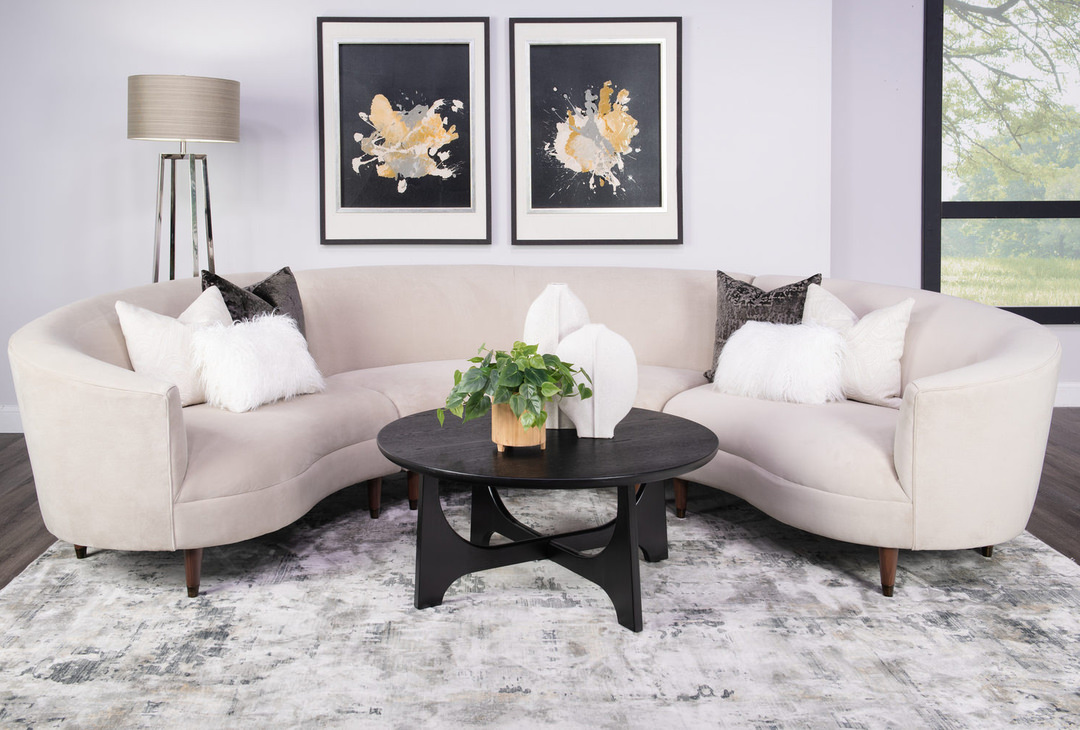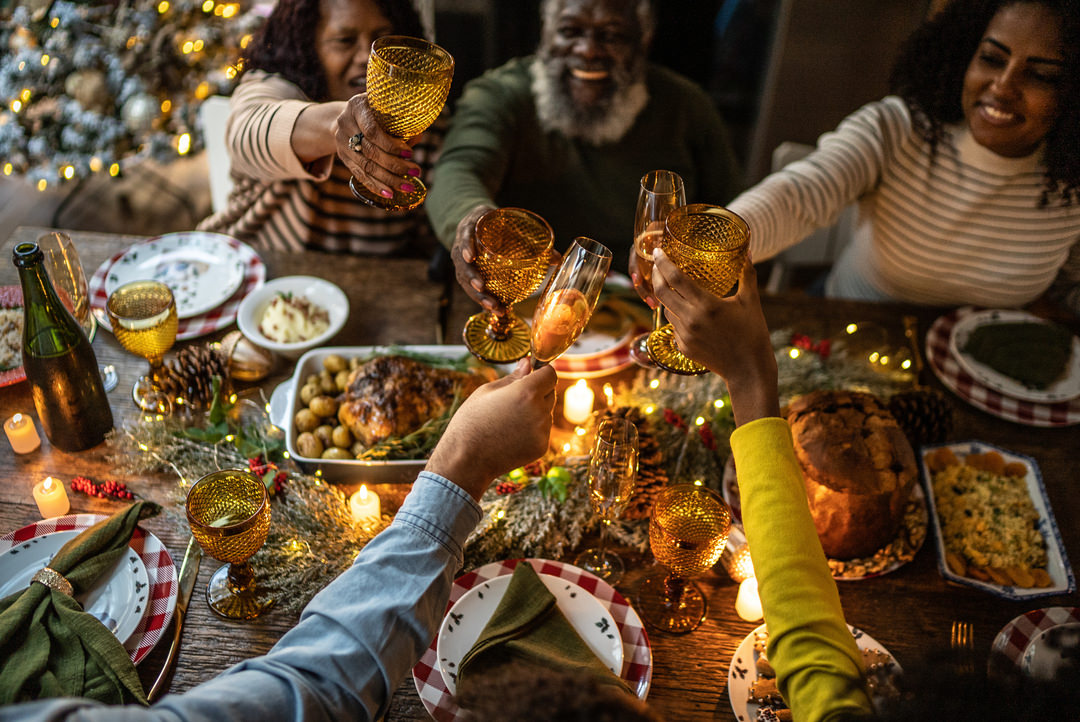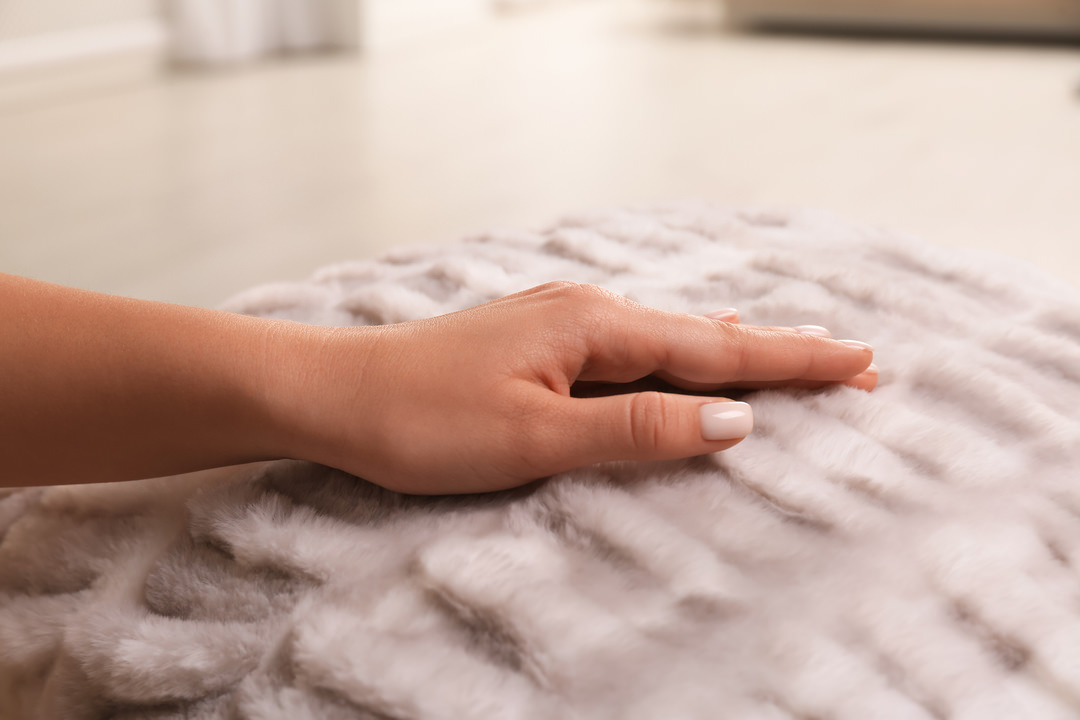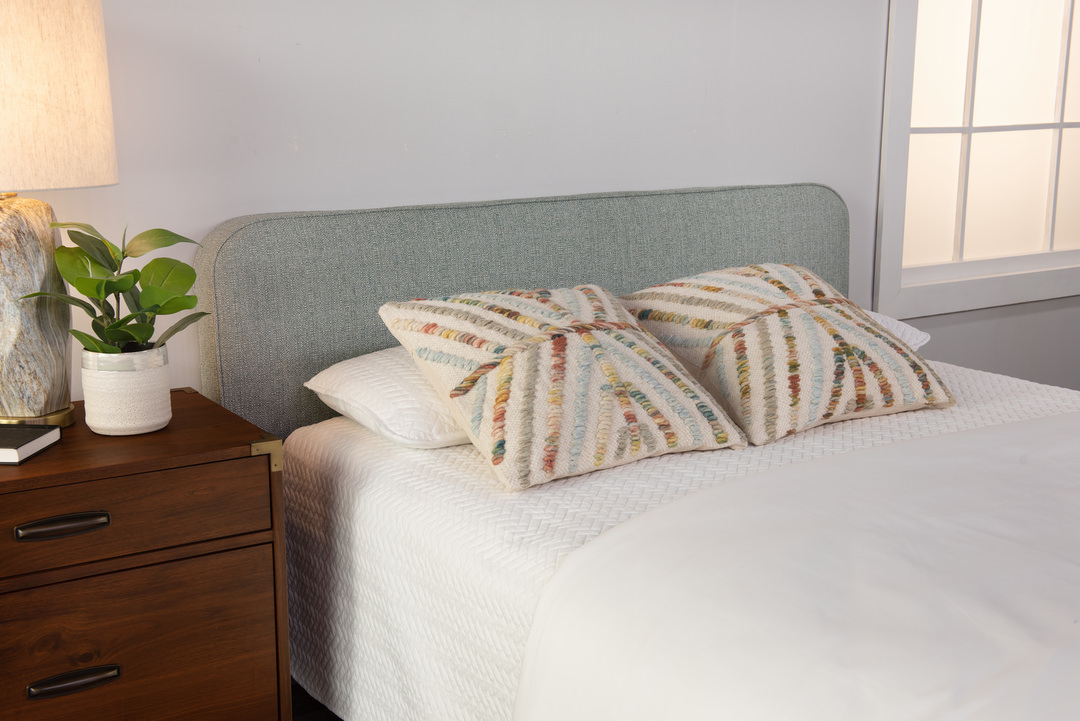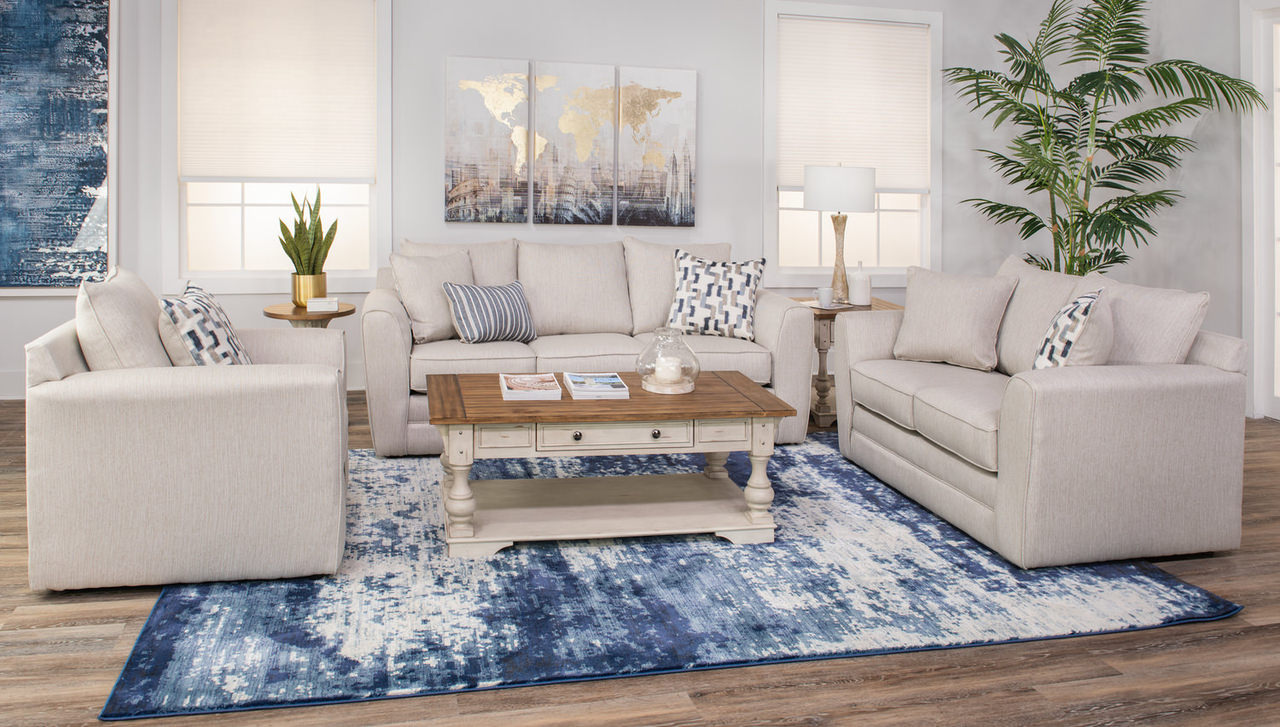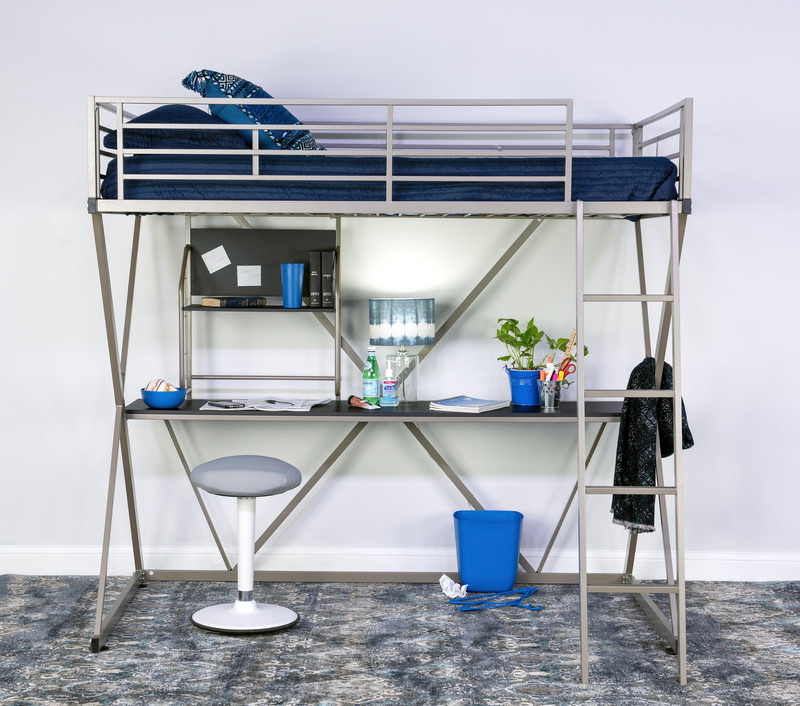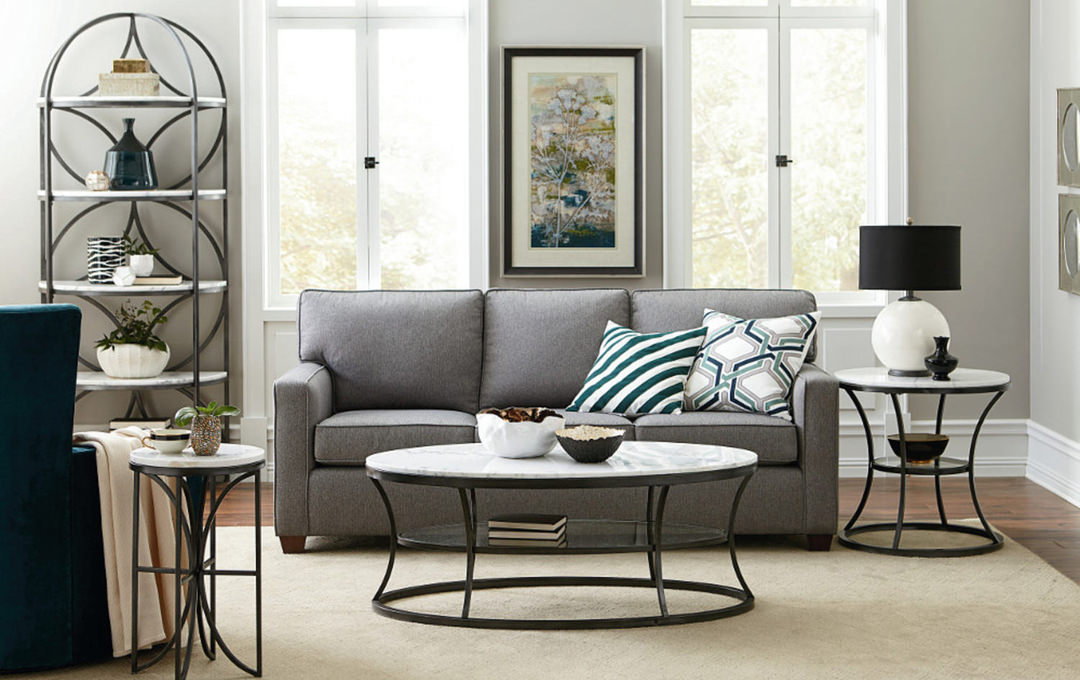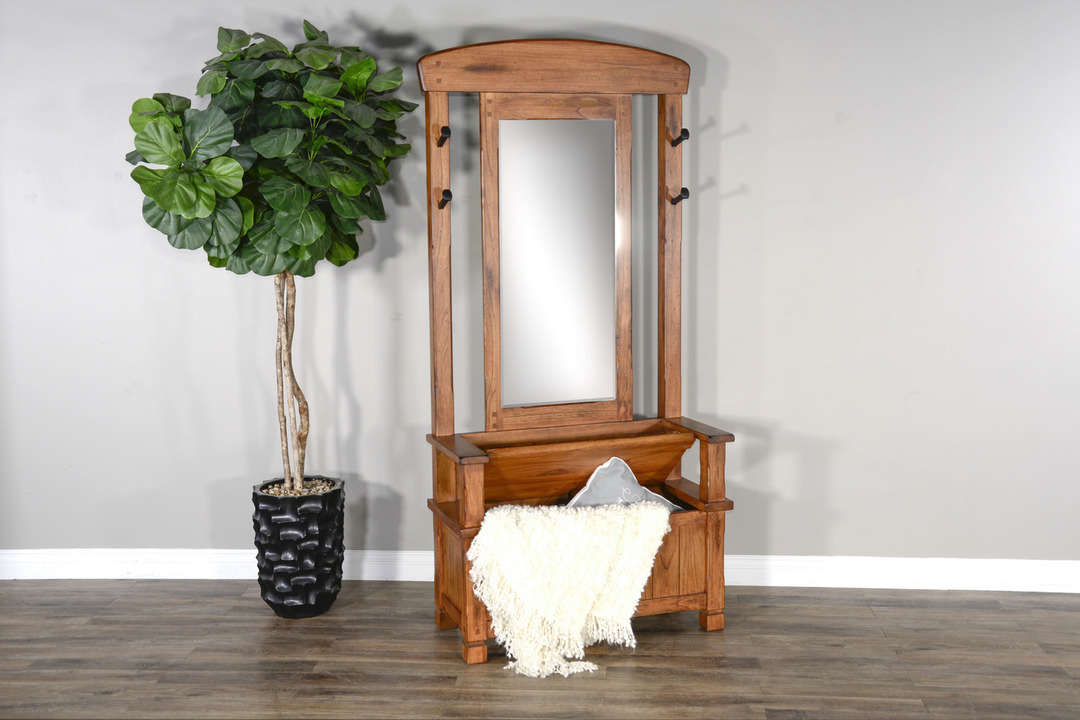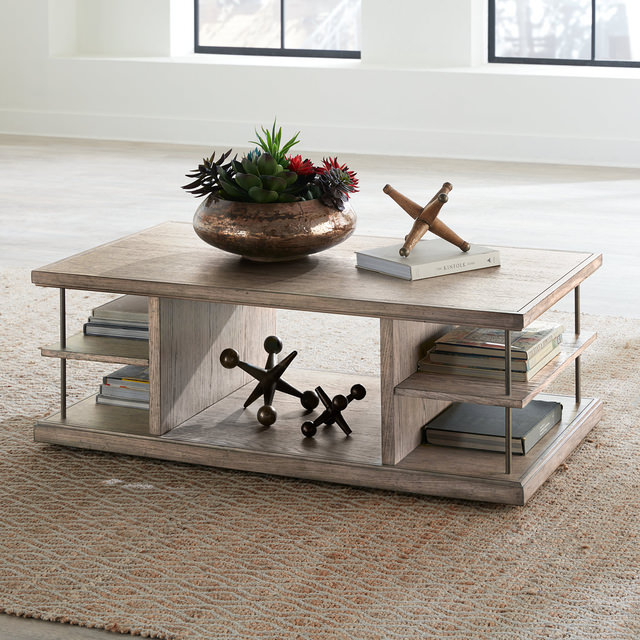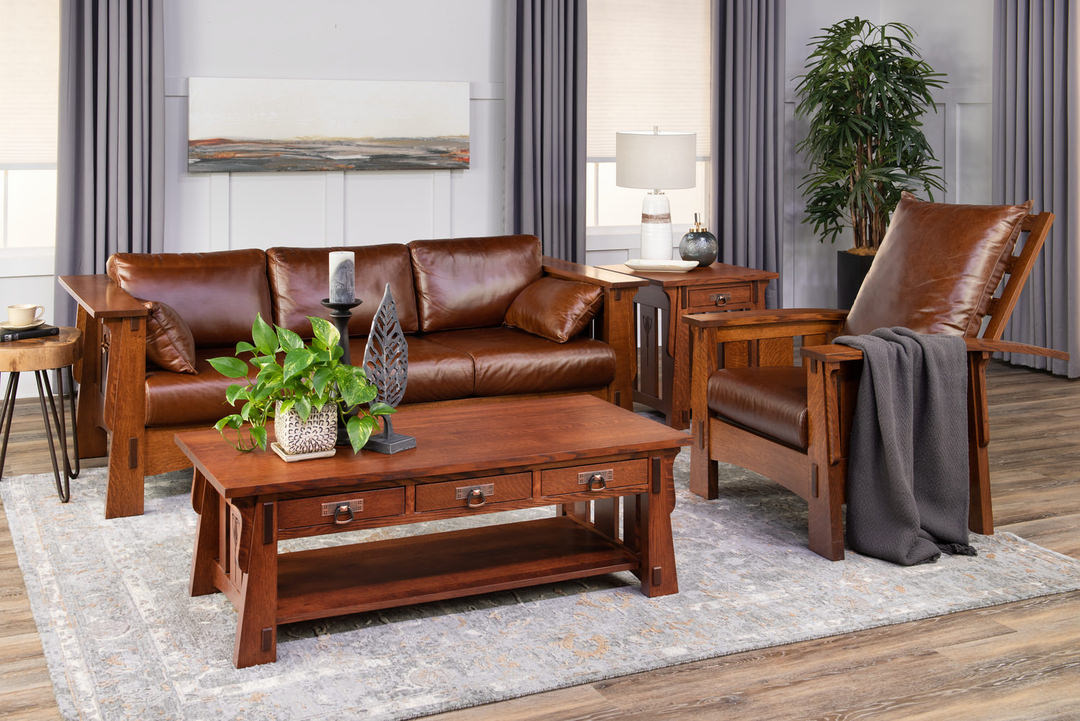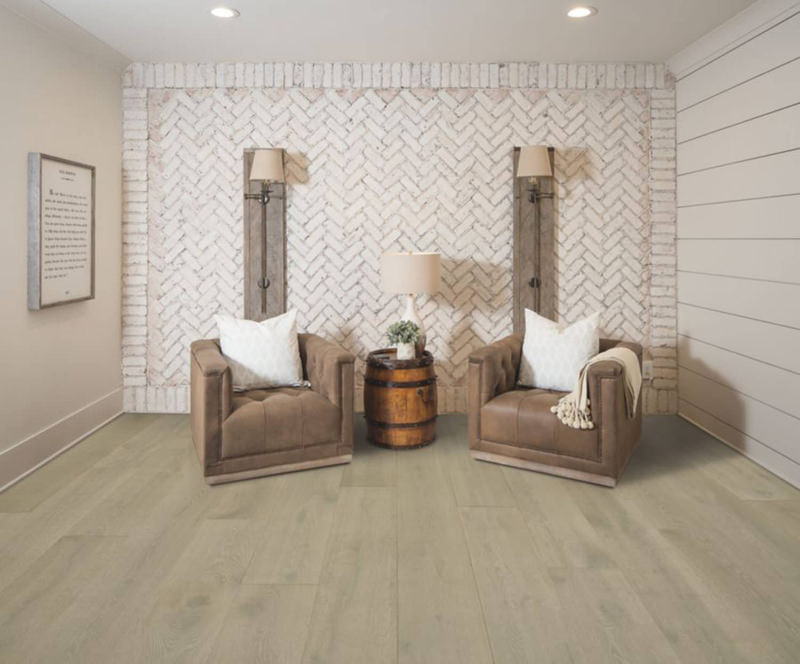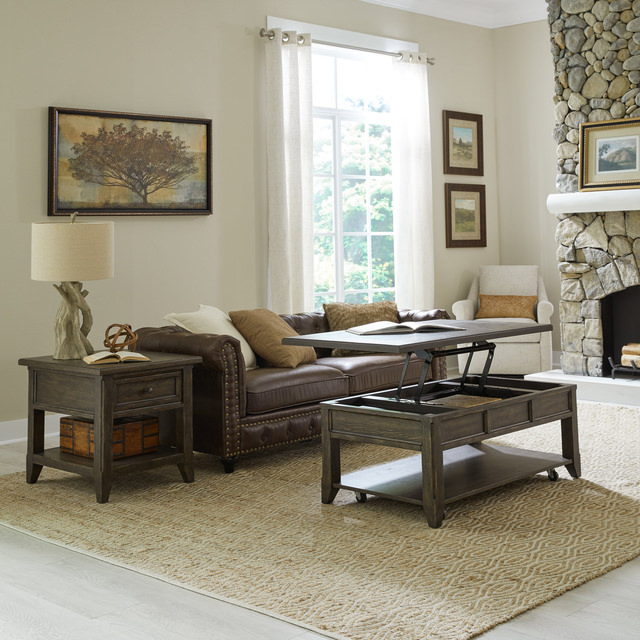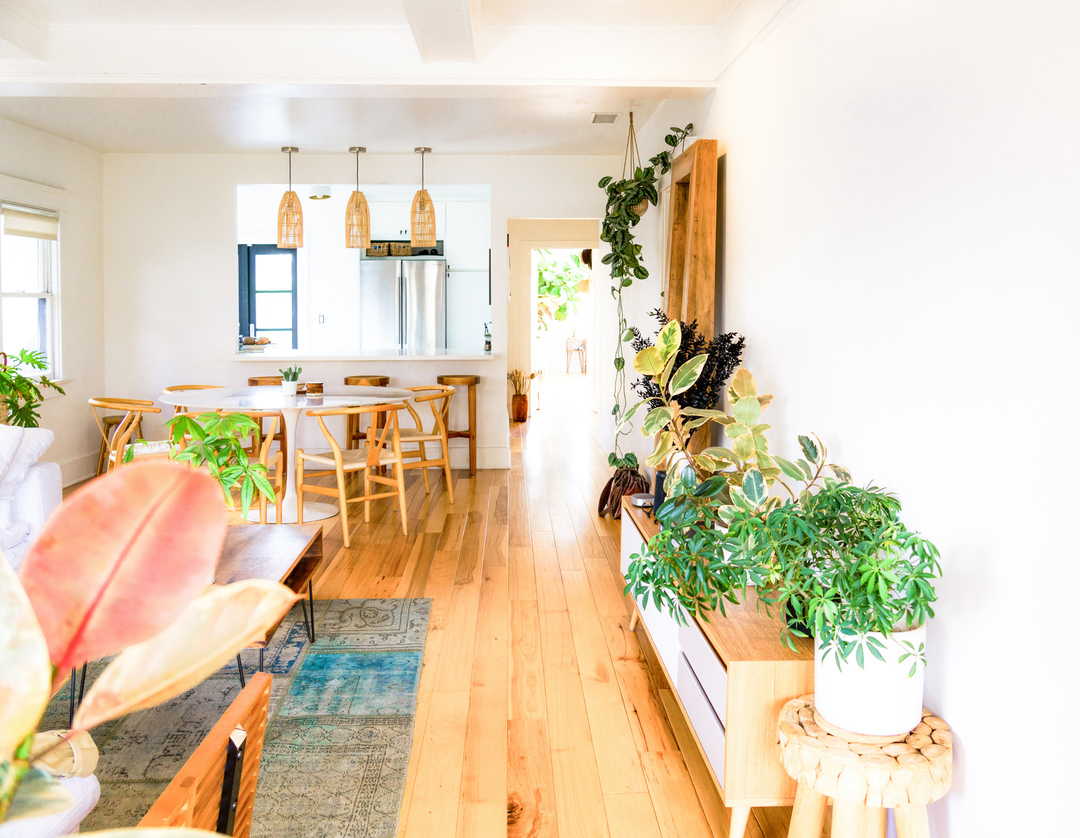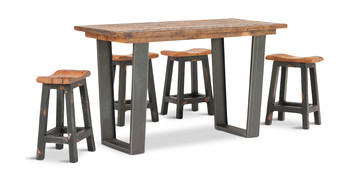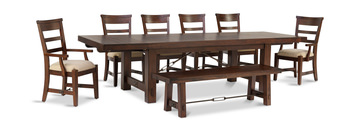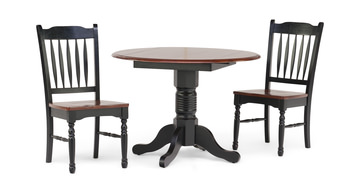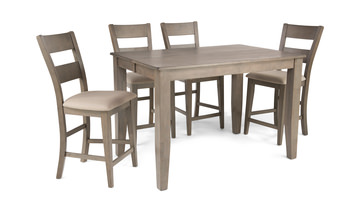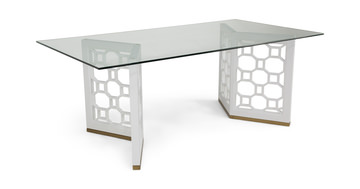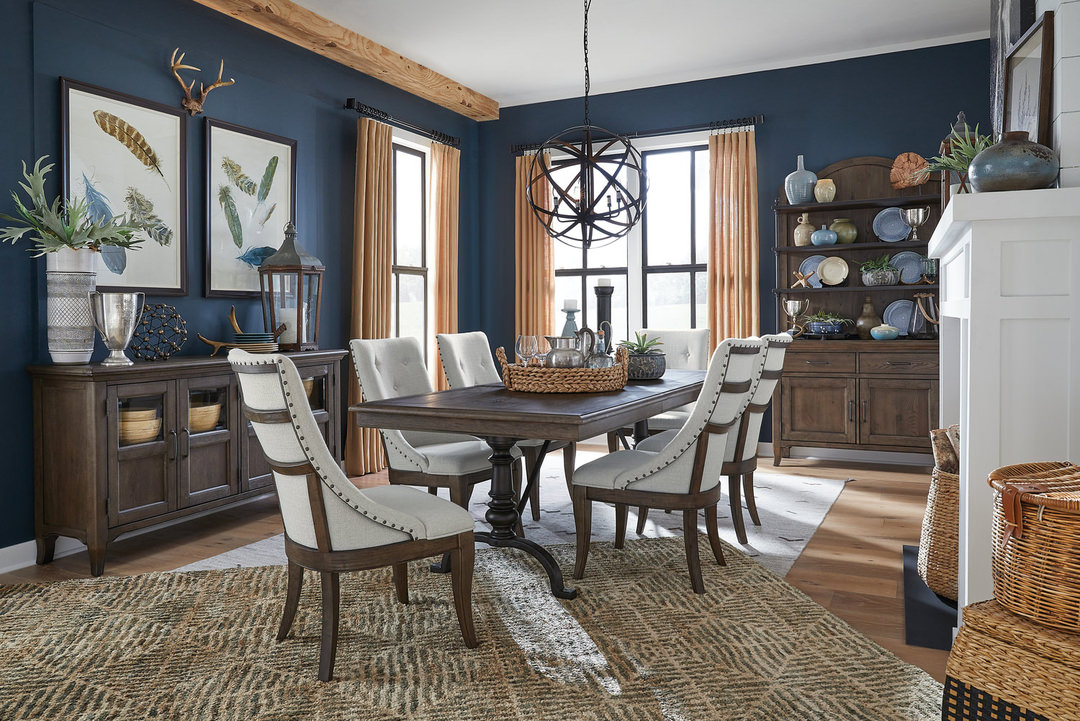How to Choose a Dining Table
Add the right dining set for ample seating, functional space and high-end style!

As our lives continue to become crazier by the day, dining tables have become much more than just a place to eat. These are now the tables where we work from home, where teens do online classes, or where kids are doing arts and crafts projects. Of course, they are also still the tables where families eat. With the dinner table playing host to so many of our daily activities, it may be time for a table upgrade. However, when it comes to finding a new dining table, it can be more than a little stressful.
There are many things to consider when you are on the hunt for a new dining set. You have to consider the size of the table, the shape, as well as the chairs to go along with it. These suggestions will help guide you on your search to finding the ideal dining table for your home that will last the test of time.
Plan Ahead — Don’t Wing It!
The first step to selecting your dining table is the prep. This isn’t like a test you can take without studying…this table is going to be at the center of your home, and you don’t want to get stuck with something you don’t love! To select the perfect dining table size, you should measure your room to determine what table would be the best fit. As a general rule of thumb, you want at least three feet of space between the edge of a table and the wall or another piece of furniture. You also don’t want more than six feet, as this would make the table too small. By taking exact measurements, you can focus on other elements besides the size of the table while you are shopping.
You also must consider how many people you want to comfortably fit at the table. Medium size dining tables, including popular 5-piece and 7-piece dining sets are widely available, but if you are looking for something to accommodate larger groups, you may wish to look at tables with extensions, or adding a bench to one side for added seating space.
Consider the Best Shape and Height
There are four primary dining table shapes, and each serves different functions. Typically, you want to match your table shape to the room it is going in, but this can be difficult with open floor plans, or if you have an odd shaped room.
- Rectangular tables go best in long and large rooms, and are the most popular option.
- Square tables are an excellent choice for smaller rooms to create a more intimate setting.
- Circular tables allow for cozy group gatherings and are a great option to save space.
- Oval tables provide a more traditional look, and are another space-efficient option.
Another important element when it comes to choosing the shape of your table is the style of table legs. The best table legs depend on the intended function of the table, but each option has different benefits.
- Pedestal tables are the best for large gatherings, as they allow for the most chairs to squeeze around the table, as there are no legs getting in the way of added chairs.
- Traditional legs are a classic option that is better suited for smaller quantities of chairs, and makes for a solid table to do work or school projects on.
- Trestle tables are made up of two pedestals. They have a longer, more stable base, but also don’t have much interference when it comes to adding chairs.
You also must consider the ideal height for the table and chairs. The three most common dining table heights are:
- Dining: 30 inches
- Counter: 36 inches
- Pub: 42 inches
Select a Style
You can choose a table style ranging from traditional to contemporary to suit your personal preferences as well as your home design aesthetic. For instance, a traditional style table may look best in a formal dining room, while a rustic farmhouse table can look at home in a casual, open-concept setting.
You must also decide on a material for your table—there are almost as many options for dining table materials as there are for size! Similar to the sizes of the tables, no one material is the overarching champion, and each thrives in different situations.
- Wood is a popular choice for a dining table—it’s a forgiving material, but try to find a hardwood style to get the best benefits (oak, maple, mahogany, cherry etc.).
- Reclaimed wood is also becoming trendier, as it has the same benefits of wood, while also helping the environment.
- Laminate and other wood-look tables mimic the traditional wood look, with durability benefits.
- Glass tables are good for smaller spaces, as the see-through top can create the illusion of a larger space and balances out heavy furniture pieces.
- Marble and other stone tables are especially trendy and have a unique look that turns the table into a statement piece.
A Table for the Future
Above all, this table should last the test of time. This is not an investment you want to have to replace in a couple of years, so it is important to look for quality when you are selecting your new dining table. One way to do this is to look at the joinery of the table. Generally, wood joined with wood is strong and durable.
Although the process of selecting a dining table can be stressful, the end result is worth it when you have a table that can support your family’s needs and create a fun space for hosting gatherings. These tips will help to make the process seem a little less daunting and help you to make the best investment possible!
Related Products
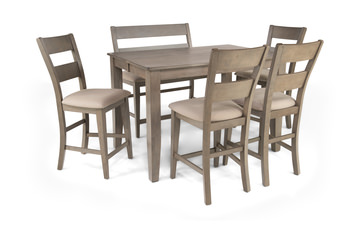
in stock
Elyssa Counter Table With 4 Stools And Bench
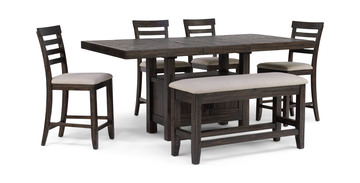
in stock
